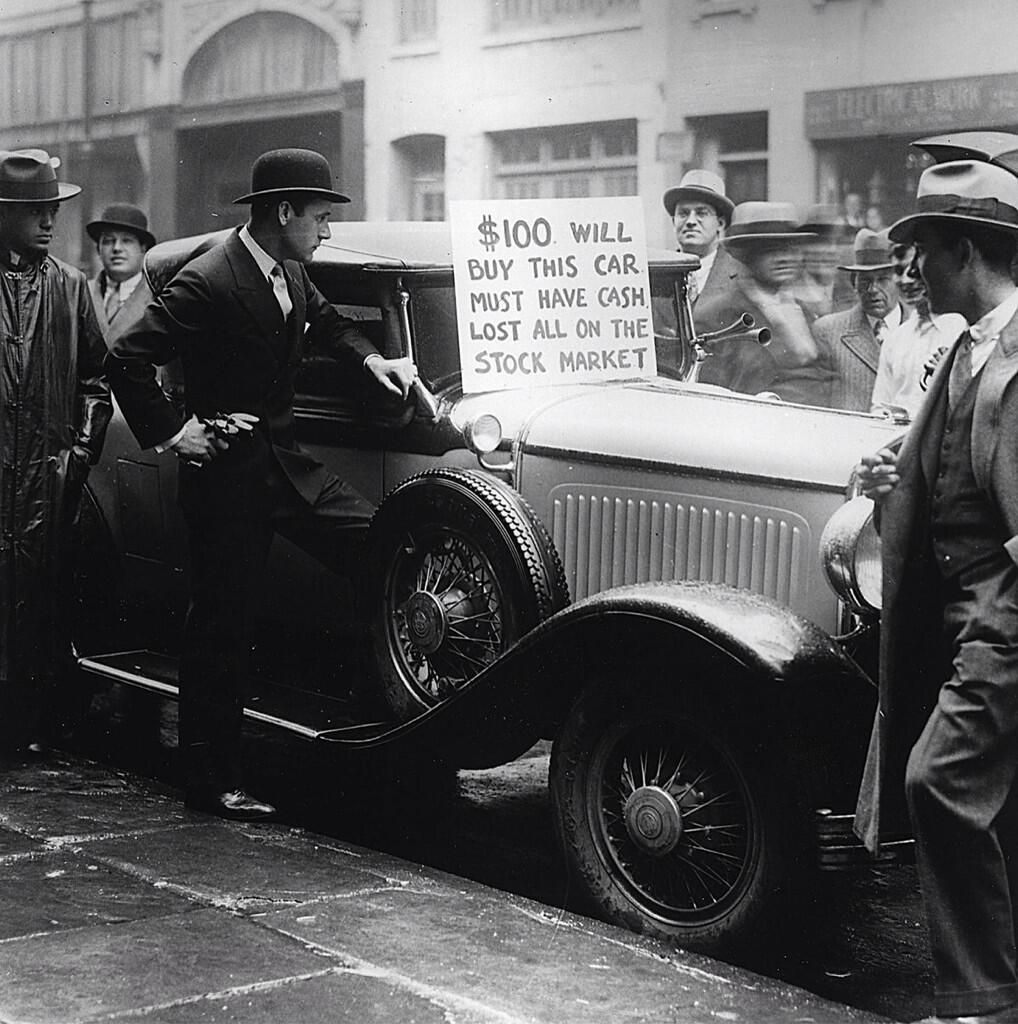There’s a reason why I warn you to get out of a bubble a little early rather than a little late. It’s because the first wave down tends to happen in a matter of a few weeks or months, sometimes days. It’s fast and furious.
I know this because I’ve studied every major bubble in modern history – all the way back to the infamous tulip bubble in 1637, when a single tulip cost more than most people made in a single year! And what I’ve seen in each case, without exception, is that bubbles do not correct in nice stair steps when they’re coming off their highs. They burst, crash, collapse, clatter, clang – however you want to say it!
When the bubble deflates, it typically crashes 50% minimum to as high as 90%. But it’s that first wave down that can wipe out 20% to 50% right off the bat!
Below I have four charts that make the argument for me.
They show the 1929 bubble burst… the 1987 crash… the 2000 “Tech Wreck”… and the latest of 2015 from the Red Dragon itself – China’s Tsunami.
In each case, the fact that these bubbles were destined to burst were only obvious to the few that weren’t in denial. Most give into the bubble logic that new highs are the new norms. They think: “This time is different.” It’s not! It never is.
It’s always hard to predict exactly when bubbles will peak and crash. It’s like dropping grains of sand on the floor. A mound will build up – becoming like a Hershey’s kiss that grows more narrow at the top. At some point, one grain of sand will cause the avalanche. Who knows which grain of sand that one will be!
Here are those charts. Like I said, they speak for themselves! (more…)




